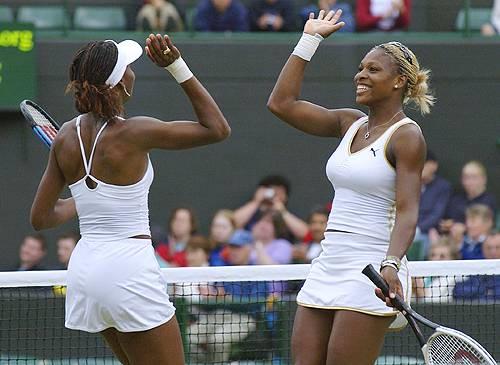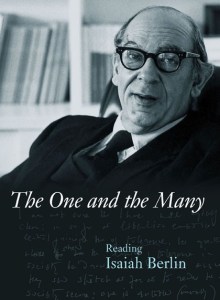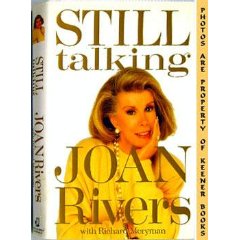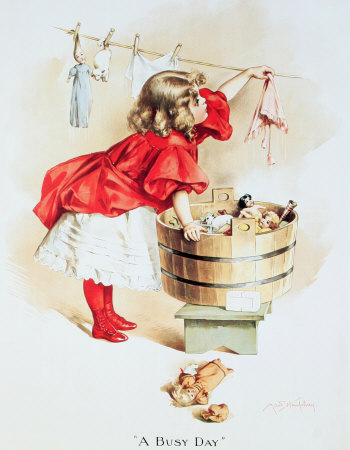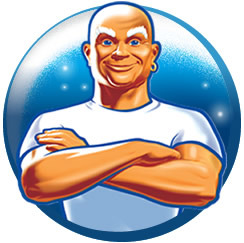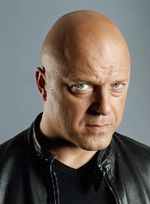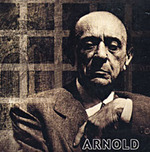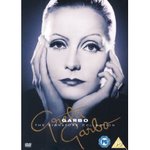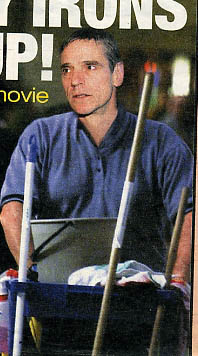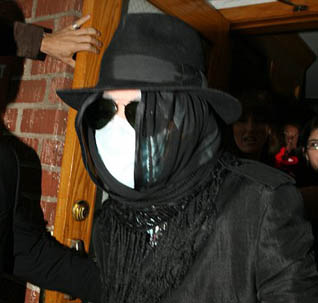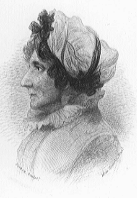 ANNA LETITIA BARBAULD. Who she? An enormous biography of her just came out. She was an egregiously literary Englishwoman, 1743-1825, precocious, verbally gifted, an exemplary Bluestocking and a popular poet, who developed into a serious controversial essayist, editor and critic, and an influential and innovative educator and children’s author. Ho hum, I would say, until I read about her intense involvement with her brother:
ANNA LETITIA BARBAULD. Who she? An enormous biography of her just came out. She was an egregiously literary Englishwoman, 1743-1825, precocious, verbally gifted, an exemplary Bluestocking and a popular poet, who developed into a serious controversial essayist, editor and critic, and an influential and innovative educator and children’s author. Ho hum, I would say, until I read about her intense involvement with her brother:
. . . She and her beloved brother John Aikin worked as a team . . . : John was instrumental in getting her into print in the first place, relied on her as a frequent (anonymous) contributor to the Monthly Magazine after he took over its editorship, and collaborated with her on books and articles. Charles James Fox once congratulated Aikin on an essay 'Against Inconsistency in our Expectations': '"That", replied Aikin, "is my sister's." - "I like much," resumed Fox, "your essay On Monastic Institutions".' "That", answered Aikin, "is also my sister's."'
. . . Even in the age of sensibility, theirs seems to have been a remarkably interdependent bond, and much more sustaining to Anna than her troubled marriage to Barbauld (who suffered from some sort of psychosis and from whom she eventually had to separate). In 1777, John and his wife Martha gave the Barbaulds one of their sons, two-year-old Charles, to adopt. It was a fairly common practice to share children out in this way in families, and clearly Anna Letitia was longing to be a mother, but one can't help thinking . . . that she and her husband didn't wait very long before deciding that they weren't going to have children of their own. It makes one wonder what truth there may have been in a later description of Anna as 'an icicle'. "
“Doubtless she’s a Gemini,” I thought and wiki’ed her. Sure ‘nuff: b. 20 June 1743, (28 degrees Gemini). Reading the Wiki article does not leave the impression she was “an icicle”, though capable of leaving a chill.
2. FANNY BURNEY (June 13, 1752-1840) Bestselling English epistolary novelist, playwright, wit, diarist and letter writer. Of a claustrophobic, multi-siblinged family. Scarred by the scandalous incestuous elopement of her brother James and their half-sister Sarah. Her diary/correspondence with her sister Susannah is a significant portion of her oeuvre.
3. RAHEL VARNHAGEN. (May 19, 1771-1833) Saloniste. Wrote 10,000 letters, stimulated a creative epistolary network of over 300 correspondents. Among the published volumes drawn from the archive, the most interesting is that of her lifelong correspondence with her brother, the poet Ludwig Robert.
4. MARY WORTLEY MONTAGU (May 26, 1689-1762), letter writer, travel writer, journalist. Her literary cat-fight with Gemini Alexander Pope, is archetypal: he called her a lesbian in heroic couplets. (cf. Gemini feuds: Mary McCarthy vs. Lillian Hellman, Elsa Maxwell vs. Wallis Simpson). "She did in fact try to rescue her favourite sister, the countess of Mar, who was mentally deranged, from the custody of her brother-in-law, Lord Grange, who had treated his own wife with notorious cruelty, and the slander originated with him." (Wiki)
5. HARRIET BEECHER STOWE (b. June 14, 1811-1896): Journalist, novelist, abolitionist. Note her substantial creative, professional, political and domestic involvement with her brother, Henry Ward Beecher, the notoriously divorced, influential literary editor.

6. MARGARET FULLER (May 23, 1810-1850) At the age of 25 she was given the responsibility of raising her 13 year old brother. After her death at the age of 40 he acted as devoted editor of her literary remains. Her meeting of the minds with Gemini Ralph Waldo Emerson is one of the touchstones of American literary history:
“Last night a walk to the river with Margaret, and saw the moon broken in the water, interrogating, interrogating.” . . . from Emerson's Journals
7. JULIA WARD HOWE (b. May 27, 1819-1910). Poet, journalist, feminist. Author of The Battle Hymn of the Republic. First woman elected to the American Academy of Arts and Letters. Her early, unpublished novel was called The Hermaphrodite. Her antithetical brother, the accomplished Sam Ward, was a bon vivant, after whom a cocktail was named (Chartreuse over cracked ice served in a scooped-out lemon).
More Gemini women of letters here, emphasis on sibling and/or gender issues:
http://astrodreamer.squarespace.com/blog/2008/6/3/saturdays-book-bash-gemini-women-of-letters.html
 Friday, April 17, 2009 at 11:34AM
Friday, April 17, 2009 at 11:34AM 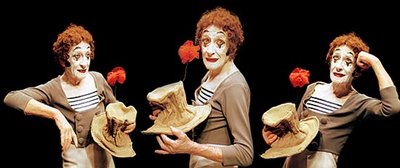
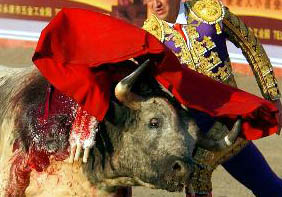
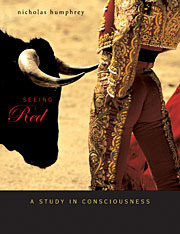
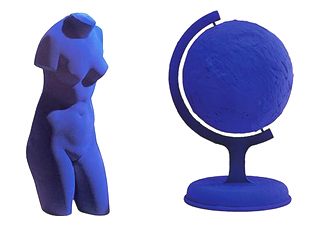
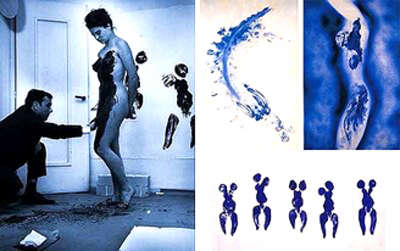

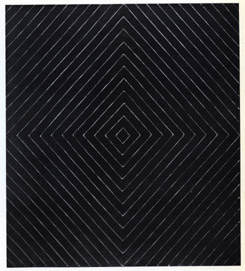
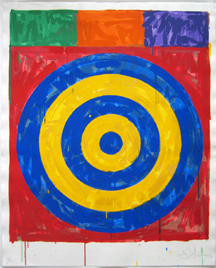
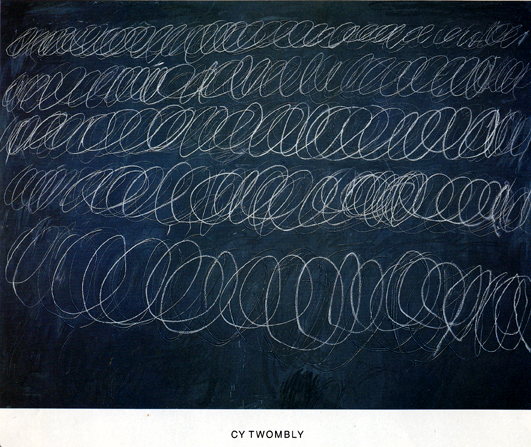
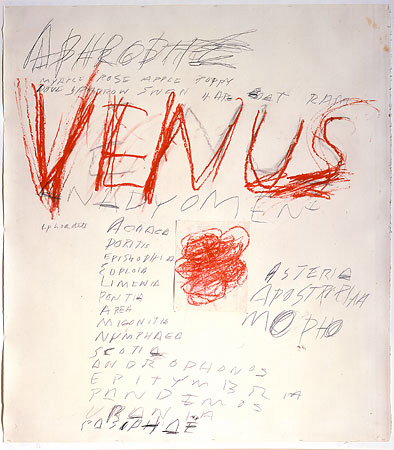
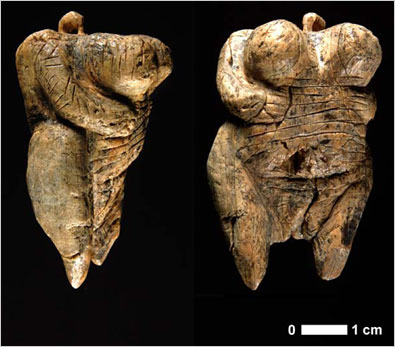
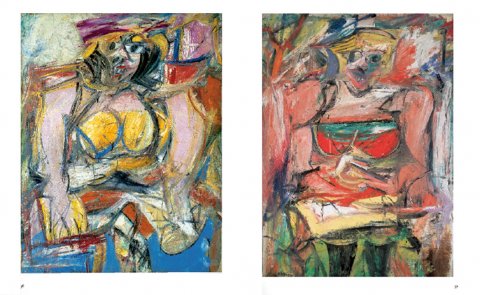
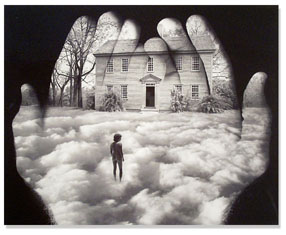
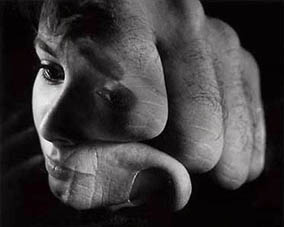
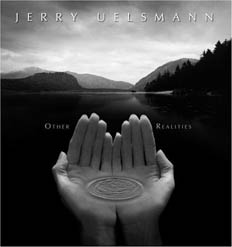
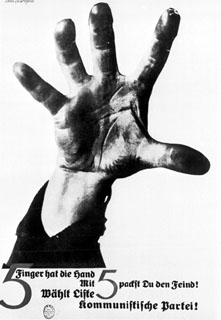
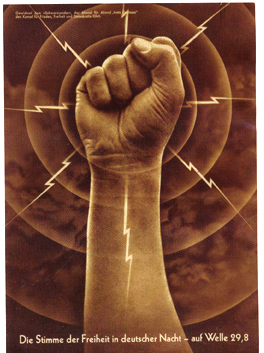
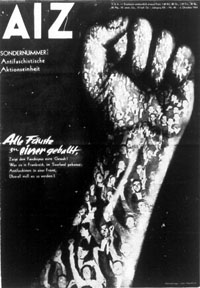





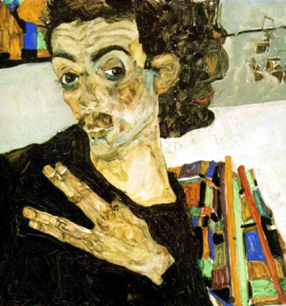
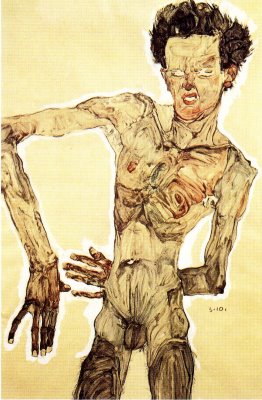
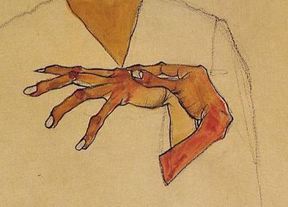

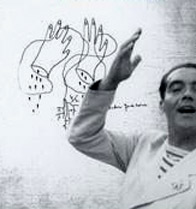
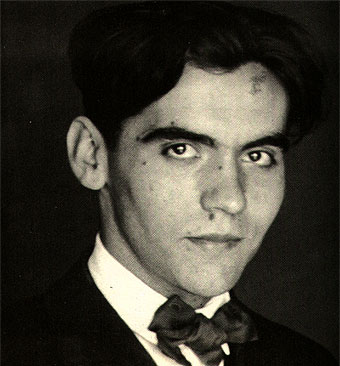







 Gemini JFK avoided being caught in a photo with her, save in this rare shot taken on the sly, which includes the bonus features treasured by Gemini watchers: the Brother and the Library.
Gemini JFK avoided being caught in a photo with her, save in this rare shot taken on the sly, which includes the bonus features treasured by Gemini watchers: the Brother and the Library.
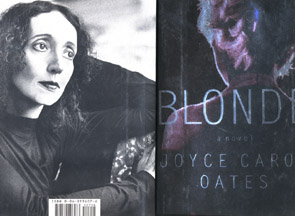
 (found stereogram)
(found stereogram) (photo by Milton H. Greene)
(photo by Milton H. Greene)

